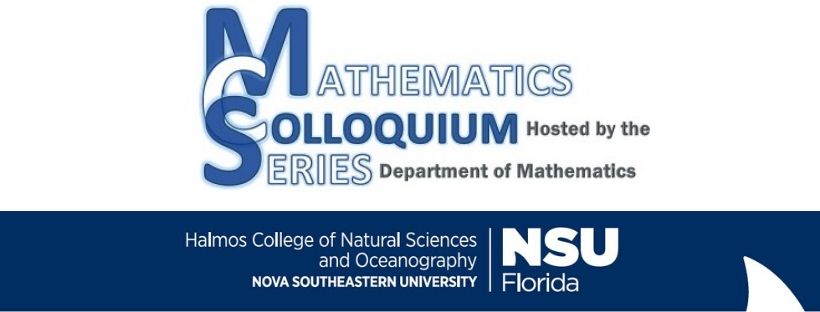Description
T-cell epitopes are peptides generated from antigens that are presented by MHC class I and class II molecules to T-cells. These epitopes are usually identified by T-cell receptors (TCRs) of CD4 T-cells which then causes transformation of CD4 T-cells to helper or regulatory T cells. Recently, there has been growing interest in the role of T cells and their involvement in various ailments including SARS-COV-2, cancer, autoimmune diseases and other infectious diseases. However, the mechanism of TCR epitope recognition by Tcell receptors (TCRs) of CD4 T-cells at a repertoire level is still not fully understood. In this project, we reviewed standard TCR clustering methods and developed a novel TCR clustering technique for two SARSCOV- 2 epitopes. Using Principal Component Analysis, we analyzed twenty different physiochemical properties of amino acids and then converted the amino acids in the TCR sequences to numerical strings. We then used four distances methods (Cosine, Cityblock, Euclidean and Correlation) on these strings, and clustered the TCRs in order to compare the dendrogram outputs and see which method does a better job of grouping together like TCRs activated by each epitope. Results were compared to standard matrices such as BLOSUM, PAM, and Gonnet. We thus present a novel TCR clustering technique that will be less computationally strenuous and more cost-effective compared to traditional methods and can be easily utilized by the scientific community to learn more about TCR repertoire sequencing.
Date of Event
April 22, 2022
Location
Parker 301
Included in
A Novel TCR Clustering Method for SARS-COV-2 Epitopes
Parker 301
T-cell epitopes are peptides generated from antigens that are presented by MHC class I and class II molecules to T-cells. These epitopes are usually identified by T-cell receptors (TCRs) of CD4 T-cells which then causes transformation of CD4 T-cells to helper or regulatory T cells. Recently, there has been growing interest in the role of T cells and their involvement in various ailments including SARS-COV-2, cancer, autoimmune diseases and other infectious diseases. However, the mechanism of TCR epitope recognition by Tcell receptors (TCRs) of CD4 T-cells at a repertoire level is still not fully understood. In this project, we reviewed standard TCR clustering methods and developed a novel TCR clustering technique for two SARSCOV- 2 epitopes. Using Principal Component Analysis, we analyzed twenty different physiochemical properties of amino acids and then converted the amino acids in the TCR sequences to numerical strings. We then used four distances methods (Cosine, Cityblock, Euclidean and Correlation) on these strings, and clustered the TCRs in order to compare the dendrogram outputs and see which method does a better job of grouping together like TCRs activated by each epitope. Results were compared to standard matrices such as BLOSUM, PAM, and Gonnet. We thus present a novel TCR clustering technique that will be less computationally strenuous and more cost-effective compared to traditional methods and can be easily utilized by the scientific community to learn more about TCR repertoire sequencing.



Presenter Bio
Naziba A. Nuha is part of the NSU Mathematics Major Class of 2022 and is under the mentorship of Dr. Radleigh Santos.